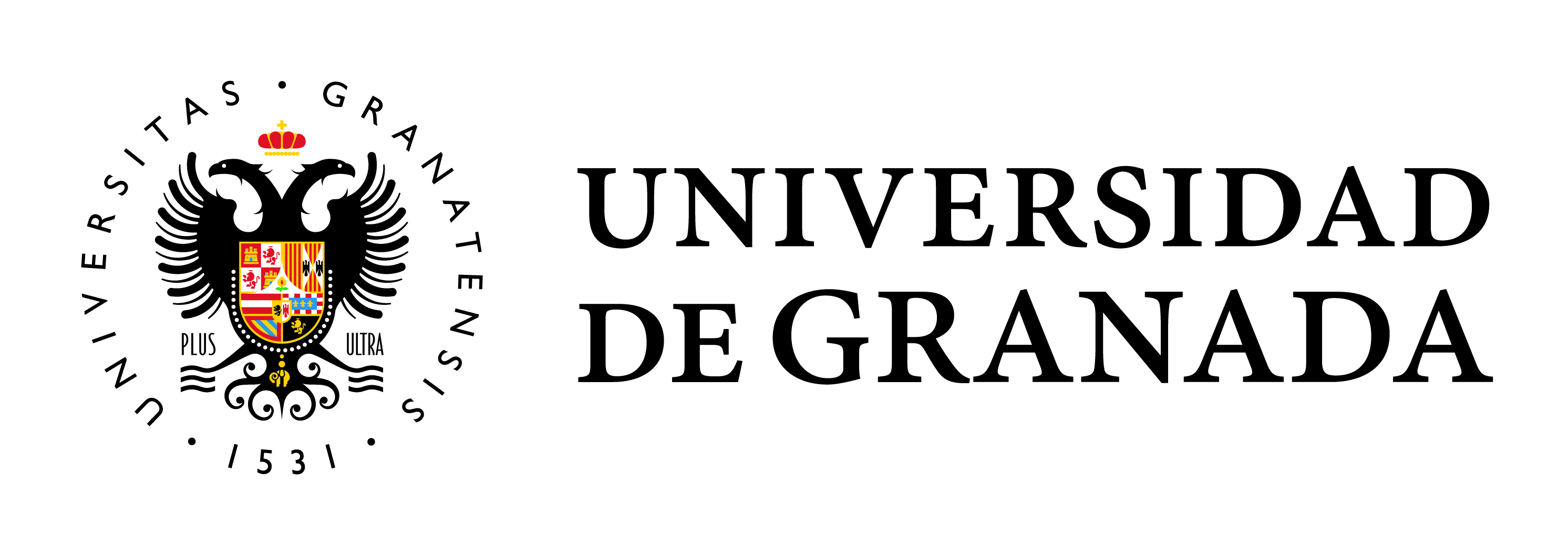Sorting PDO wine districts within the tipology of worlds of production: a case study for Spain.
Main Article Content
Vol. 56 No. 2 (2017), Articles, pages 263-282
Submitted: Oct 3, 2016
Accepted: Nov 9, 2016
Published: Aug 3, 2017
Abstract
The theory of worlds of production has been largely influential in food studies since the 1990s. Worlds of production are defined as combinations of decisions taken through the interaction among producers and customers about two main issues: the use of standardized or specialized resources, and the production of generic or dedicated goods. Nevertheless, the literature based on this theory is qualitative and based on case studies of a single food cluster. This article develops a more robust methodology for sorting food clusters into the typology of worlds of production. The empirical support comes from a sample of sixteen Spanish wine districts. Twenty-one statistical indicators for each district have been calculated from open data sources: eleven indicators are related to resources and ten ones are related to goods. Seven districts belong to the interpersonal world of production. This result is consistent with the European model of wine production that highlights geographical origin as a core competitive argument.
Keywords:
Worlds of production, resources, products, methodology, wine districts, Spain.
Downloads
Download data is not yet available.
Article Details
How to Cite
Sánchez Hernández, J. L., Climent López, E., Ramírez García, S., Rodero González, V., Loscertales Palomar, B., & Del Canto Fresno, C. (2017). Sorting PDO wine districts within the tipology of worlds of production: a case study for Spain. Cuadernos Geográficos, 56(2), 263–282. Retrieved from https://revistaseug.ugr.es/index.php/cuadgeo/article/view/5252


